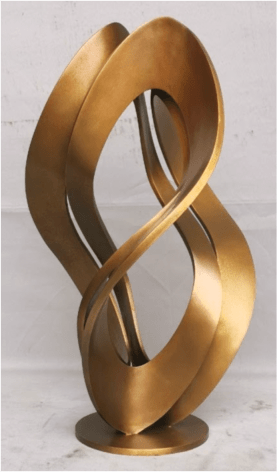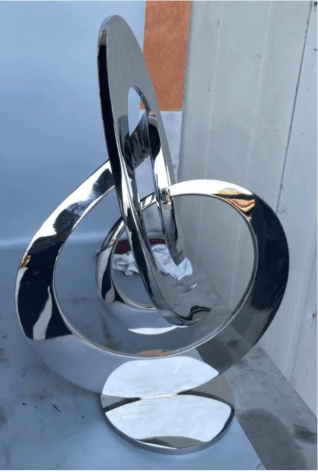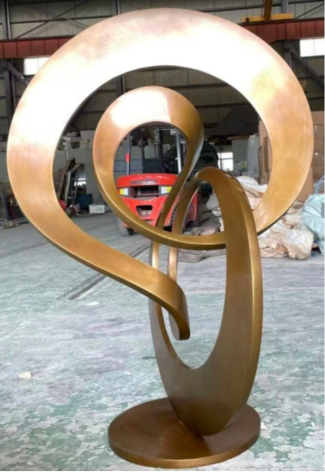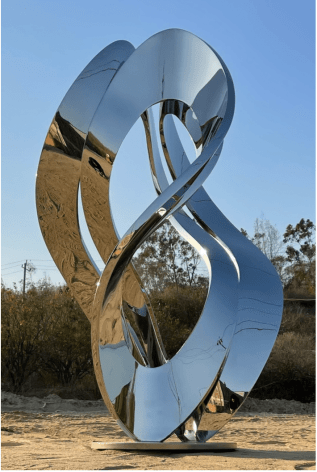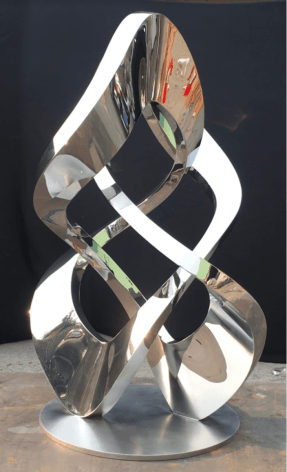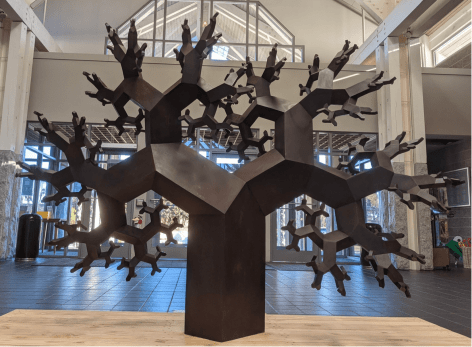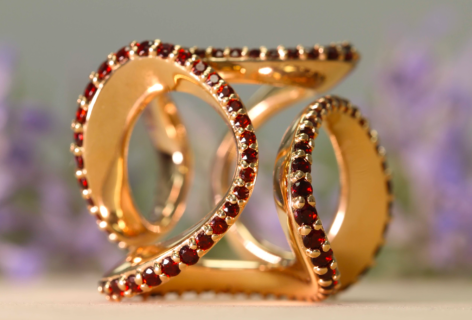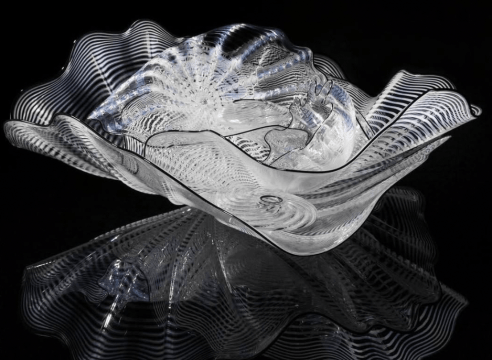
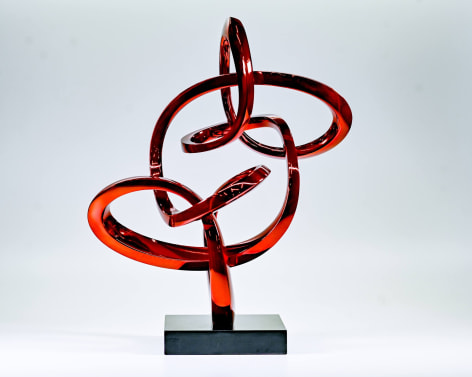
Anton Bakker
Dual Knot Symphony, 2023
Red-coated Stainless Steel on Black Marble Base
12 x 17 x 22 in.
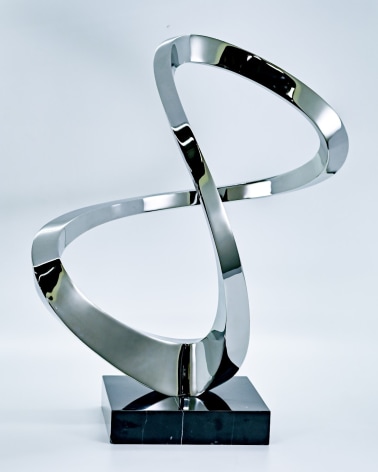
Anton Bakker
Infinity, 2023
Stainless Steel on Black Marble Base
16 x 29 x 34 in.
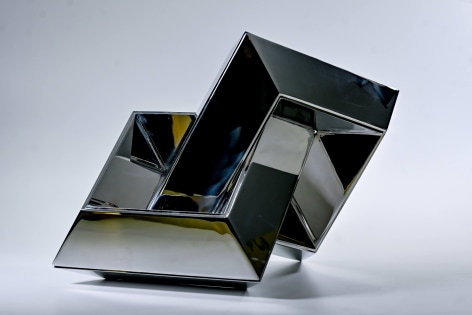
Anton Bakker
Linked – II, 2023
Stainless Steel
15 x 15 x 15 in.
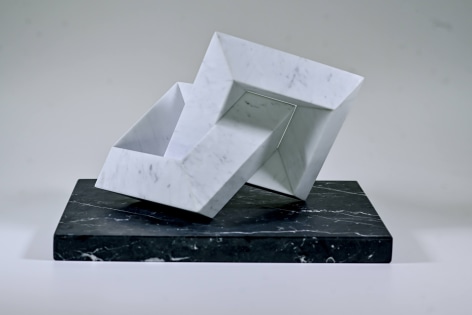
Anton Bakker
Linked – I, 2023
Carrara Marble on Black Marble Base
14 x 12 x 8 in.
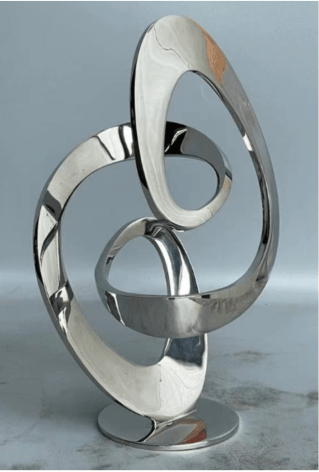
Anton Bakker
Opus 965842, 2021
Stainless Steel
Height: 25 cm (10 in.)
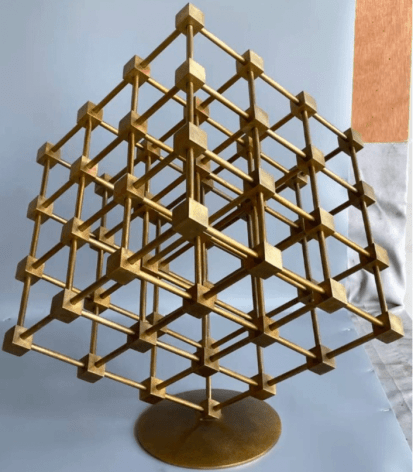
Anton Bakker
Cubic Space, 2021
Bronze
Height: 50 cm (20 in.)
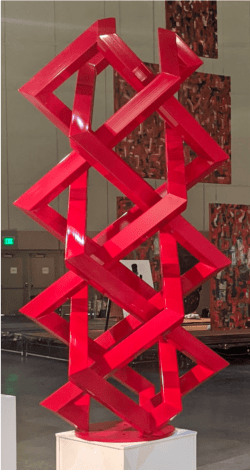
Anton Bakker
Opus 951465, 2021
Painted Steel
Height: 244 cm (96 in.)
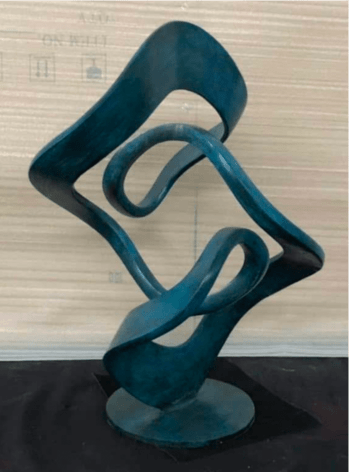
Anton Bakker
Opus 980011, 2020
Bronze
Height: 50 cm (20 in.)
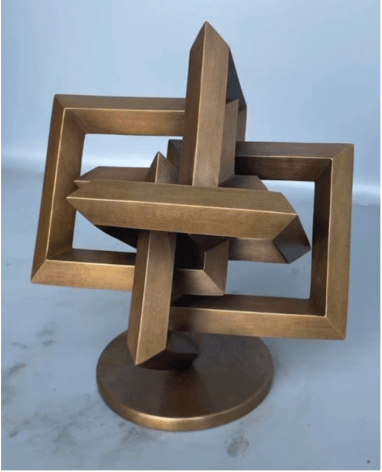
Anton Bakker
Opus 548001, 2021
Bronze
Height: 25 cm (10 in.)
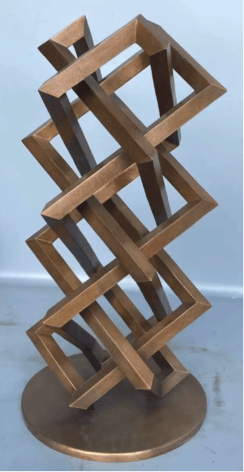
Anton Bakker
Opus 951465, 2021
Bronze
Height: 50 cm (20 in.)
Anton Bakker
Opus 24582, 2021
Bronze
Height: 50 cm (20 in.)
Anton Bakker
Opus 191008, 2021
Bronze
Height: 50 cm (20 in.)
Anton Bakker
Opus 185131, 2021
Stainless Steel
Height: 50 cm (20 in.)
Anton Bakker
Opus 185131, 2021
Bronze
Height: 152 cm (60 in.)
Anton Bakker
Opus 191008, 2021
Stainless Steel
Height: 152 cm (60 in.)
Anton Bakker
Opus 325846, 2021
Stainless Steel
Height: 152 cm (60 in.)
Anton Bakker
Koos Fractal Tree, 2021
Bronze
Height: 152 cm (60 in.)
Height: 50 cm (20 in.)
Height: 30 cm (12 in.)
Anton Bakker
Opus 972350 Pendant, 2019
Rose Gold with Garnets
Unique - Request for Display
Anton Bakker is a contemporary artist specializing in sculpture and its digital possibilities. He has been influenced by the people and experiences of his life in the Netherlands, France, and in the United States, where his artistic practice has been based for more than 30 years.
While growing up in the Netherlands, Bakker met mathematician and artist Dr. Jacobus “Koos” Verhoeff at the suggestion of his sister’s classmate. What began as a simple introduction over a shared interest in computer technology turned into a 40-year artistic collaboration. Koos was a professional acquaintance and informal advisor on mathematical matters to the famed M.C. Escher. As an expression of his gratitude, Escher gifted Koos one of his prints. It was through Koos that Bakker became influenced by Escher’s unprecedented approach to perspective.
As their relationship developed, Koos and Bakker began to explore computer-based methods to find intriguing and beautiful paths within cubic lattice structures and polyhedra. Cubic lattices form the basis of the most stable molecular forms of many elements.
In the 1980s, Bakker moved to the United States, and he and Koos had their first joint sculpture exhibition in Albany, New York. Subsequently, Bakker leveraged his growing knowledge of computer science to pursue a career in technology, landing a position that required relocating to Paris for much of the 1990s. While in Paris, Bakker resumed regular face-to-face work sessions with Koos. Together, they created multiple lattice-derived sculptures that were exhibited throughout Europe.
Meanwhile, Bakker was at the forefront of a new tech field, working with innovators in Belgium to explore the possibilities of 3D printing. Upon returning to the U.S. in 1997, he started a business centered on data analysis all the while maintaining his artistic practice. His solutions for practical design and construction problems opened new possibilities for connecting lattice points with curved and polylinear paths. By applying these techniques at both small and large scales in steel and; bronze,as well as in virtual reality, Bakker has created unique sculptures that have been collected privately and publicly throughout the United States and Europe.
Bakker sold his tech business in 2018, shortly after the death of Koos, to devote himself to art full time. Today, he uses technology to compose paths in order to find those with a unique beauty that transforms as viewers shift their points of view. With the aid of a computer interface, Bakker searches vast lattice expanses to identify points that generate intriguing paths in a quest to challenge the limits of perception and perspective.

